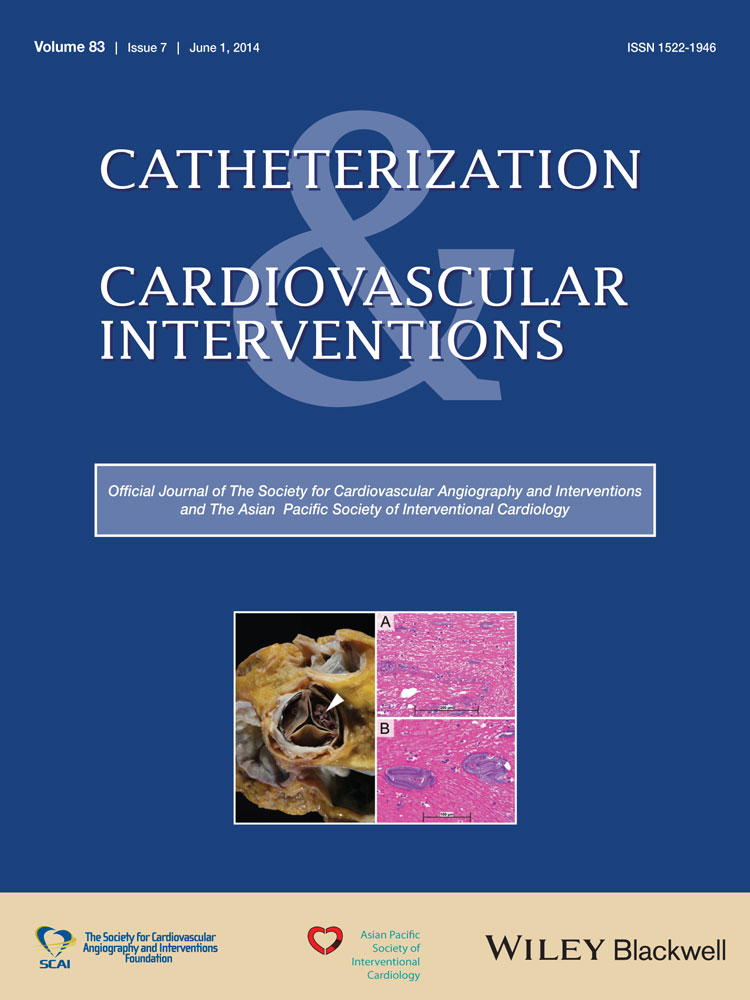Stent fracture: Insights on mechanisms, treatments, and outcomes from the food and drug administration manufacturer and user facility device experience database
Conflict of interest: Nothing to report.
Abstract
Objectives
Stent fracture (SF) is an uncommon complication following percutaneous coronary intervention. Previous studies of SF have either been small single-center studies or have reported data mainly from first generation platforms. The FDA MAUDE database was used to identify cases of SF to gain mechanistic insight into procedural and anatomical factors predisposing to this complication, to define treatment and associated clinical outcomes in contemporary and first generation stent platforms.
Methods and Results
Using defined search terms, 376 unique reports of SF were identified in the FDA MAUDE database of which 336 (89.4%) occurred in first generation stent platforms with 96.1% occurring in the Cypher platform. The remaining 40 reports (10.6%) occurred with a similar distribution of cases across different contemporary platforms. Common vessel characteristics associated with SF included calcification, tortuosity, stent overlap, and significant angulation with the most common modality of presentation being in-stent restenosis or stent thrombosis.
Conclusions
SF occurs most commonly in first generation Cypher stents with a similar distribution of cases across different contemporary platforms. Optimal treatment strategy remains unclear with the decision to treat and the modality of treatment utilized depending on the type and severity of SF © 2014 Wiley Periodicals, Inc.




